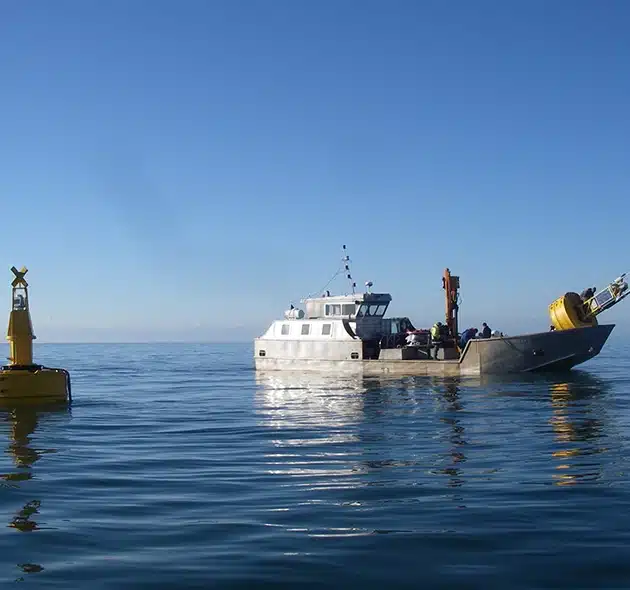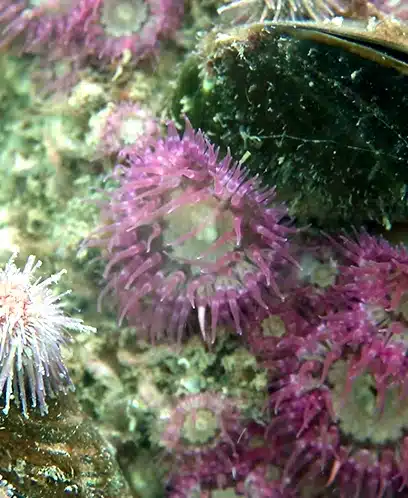The role of offshore test sites
Today, the implementation of the energy transition leads to the active search for solutions.
Marine Renewable Energy (MRE) can be one of the solutions. This is why a major acceleration in the development of Marine Renewable Energy (MRE) is underway.

In a broad sense, MRE covers all technologies enabling electricity to be produced from offshore resources such as wind (installed or floating wind power), wave , tidal , the temperature gradient or solar (floating photovoltaic).
Importance of the offshore trial site
The offshore testing site constitutes the cradle of the “first flight” of Marine Renewable Energy prototypes or demonstrators. Test sites thus appear to be essential infrastructures for hosting connected and unconnected offshore trial projects, as well as experimental research actions linked to knowledge of the environment and interactions with technologies.
They contribute to the local emergence of ecosystems which bring together actors from the academic and institutional world around economic and industrial actors.
They are also a key factor in European and international attractiveness and influence.


Laboratory
Modeling and Numerical Simulation
Small-scale tank tests
Offshore site
Demonstration in real conditions, monitoring and environmental monitoring
Pre-commercial then commercial
Operational validation of several prototypes then creation of an infrastructure dedicated to production
The offshore sites allow the acceleration of technological innovation in the service of the energy transition and the possibility of carrying out tests in real conditions for projects between the laboratory and the pre-commercial scale (pilot sites).
78% of the stakeholders questioned believe that the provision of offshore testing resources is a major theme, primarily academics and service provider companies/suppliers in the project value chain.
According to a survey conducted by the SER, FEE, FEM, ECN, ADEME, RTE, PMM and PMBA among seventy-five stakeholders in 2020.
Test site missions
Test, optimize and certify prototypes in order to make future commercial projects more reliable and optimized
Test technological bricks: sensors, robotics (ROV, AUV, drones)...
Test HV-AC and HV-DC connection subsystems
Make marine operating procedures reliable for installation and O&M
Ensure environmental monitoring during sea trials and on the sites themselves
Exchange locally with stakeholders
Host experimental research projects: knowledge and understanding of the environment and its evolution
Disseminate knowledge to the scientific community and the general public
An offshore site is defined by its capacity to host technological demonstration projects for short periods of time.
Using a offshore site allows you to benefit from:
- Authorizations in place,
- Connection infrastructures for energy export and test supervision,
- Site characterization data and feedback from a support team,
- A specific economic model, with a favorable buy-in tariff,
- An organization in place to facilitate access to components tested at sea,
- A large network of partners for the maturation of innovations and the growth of knowledge.
These testing resources make it possible to considerably reduce costs, time and risks of offshore trials, therefore accelerating experimental development and promoting innovation.